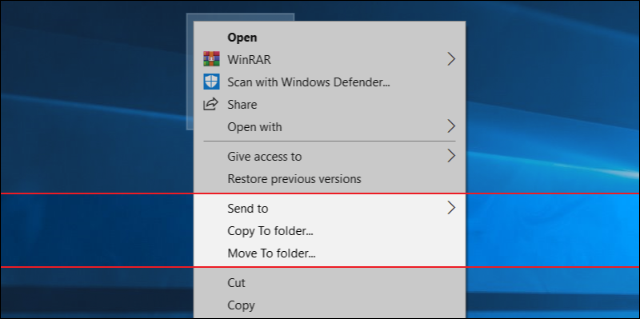How to add Copy To and Move To buttons to the right-click menu

We will provide you with a lot of videos for education and reform. You can ask about any computer malfunction that happened or is happening with you You can donate to this account, even if it is worth at least $ 1, in order to continue giving and collecting information https://www.paypal.me/abdalrahmanaltall

We show you how to use Windows 10 to
delete a user profile to reset an account without deletion or to aid a complete
removal.
Adding a new account in Windows 10 creates a user profile, a collection of settings and folders that ensure each person on the PC has a unique, customized experience. This also contains all of their documents, saved games, videos, and more. This can take up some space, but fortunately, Windows lets you delete a user profile if you no longer need it or it gets corrupted.
What’s the difference between a user profile and a user account?
It’s
worth noting that a Windows 10 user profile and a user account are two separates,
but somewhat linked concepts. Though a user profile is created when an account
is added to a PC, it’s not always deleted when it’s removed. Likewise, you can
remove a user profile without deleting the account from Windows 10 and the
login screen. For that.
Deleting
a user profile in Windows 10 can be a strong method to reset an account to
defaults without the hassle of deleting and adding it again. It can be
particularly useful if you suspect there are some settings awry but don’t know
exactly where, or just want to have a full clean-out of all the documents and
downloads.
There are two methods in Windows 10 to delete a user profile – the registry and advanced system properties. We’re going to show you how to do both today, starting with the most user-friendly option, system properties.
How to Delete a User Profile via Windows 10 System Properties
Before you
start this process, make sure the user account you wish to delete is signed
out.

If the above method doesn’t work, you can delete a user profile from the registry and via Windows 10 File Explorer. First, though, sign out of the user and read up on how to safely edit the registry.
Comments